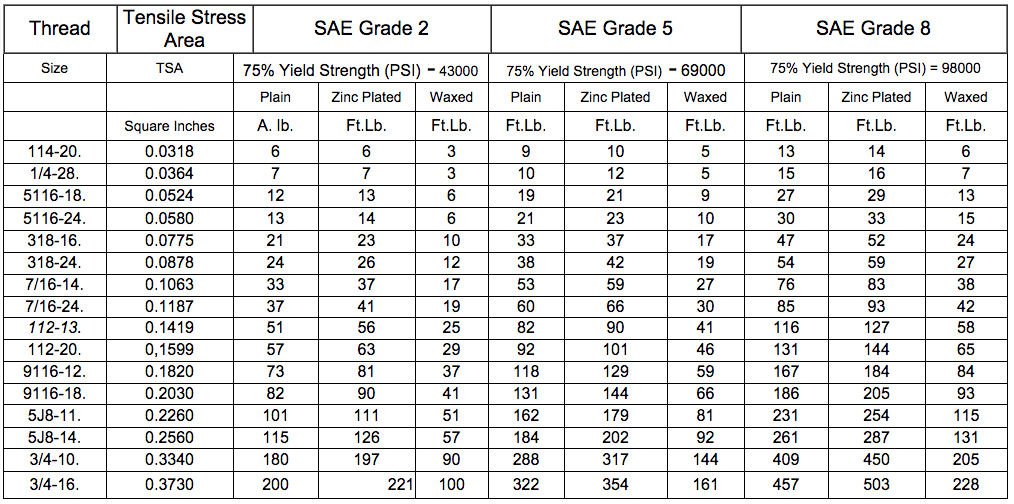Determining Torque: The Facts About Required Torque, Tension and Clamp Loads
A bolt’s function essentially boils down to applying a high enough clamp force that when external forces are applied, transverse movement and separation cannot occur.
Using calibrated torque tools to tighten fasteners and apply that clamp force is far superior to going by the user’s judgement or feeling. Or, as one senior technician calls it “The One Grunt or Two Grunts Method”. Measuring torque alone, however, does not ensure a proper installation.
Torque is an indirect indicator of Tension.
Torque is the measurement of twisting force needed to thread the fasteners together.
Tension is the force that actually holds an assembly together. Put another way:
A bolt can stretch similar to a spring, as it becomes tightened once all the parts of the assembly are brought together.
The higher the torque applied to the fastener, the more tension is created as the bolt stretches.
If a bolt is like a spring and more torque equals more tension, why doesn’t a certain amount of torque always result in the same amount of tension?
Though the relationship between torque and tension is linear, many other factors can affect this relationship. Some of these factors include surface texture, rust, oil, debris, material type, locking elements and human error. Because of these variables, tightening to a specific torque setting can create varied results in the field or on the assembly line.
The Torque/Tension Equation is a method used to estimate the torque/tension relationship in an assembly. T = (K D P)/12 can be used to developt a torque value that will achieve a certain tension or clamp load.
T = Torque (ft.-lbs.)
D = Nominal Diameter (inches)
P = Desired Clamp Load Tension (lbs.)
K = Co-Efficient of Friction
The K factor can vary depending on the condition of the threaded fasteners.
Commonly used factors range
Lubricated with wax, oil or other coating = 0.10
Plain, uncoated = 0.20
Galvanized = 0.30
Dirty or Rusty = 0.30+
While most bolt torque charts use this formula, these are only estimates, and since conditions can vary in real world applications, torque charts and this formula should be used only as a guide.
"
The best way to determine correct torque is through experimentation under actual assembly conditions.
"
There are other methods used to achieve specific Clamp Load, including:
Turn-of-the-Nut. Specific Tension can be accurately reflected in the number of rotations a fastener needs to bring the parts of an assembly together.
Direct Tension Indicator. A Direct Tension Indicator washer (DTI washer) has protrusions that compress when the joint is tightened. That compression amount is measured by a feeler gage in some structural applications to correlates to a specific tension. Another type of DTI washer is the Squirter® type washer, which contains a small amount of silicone material that is expelled when the proper tension is reached.
Need more info than you see here about torque? Call us at (800) 634-0406.


